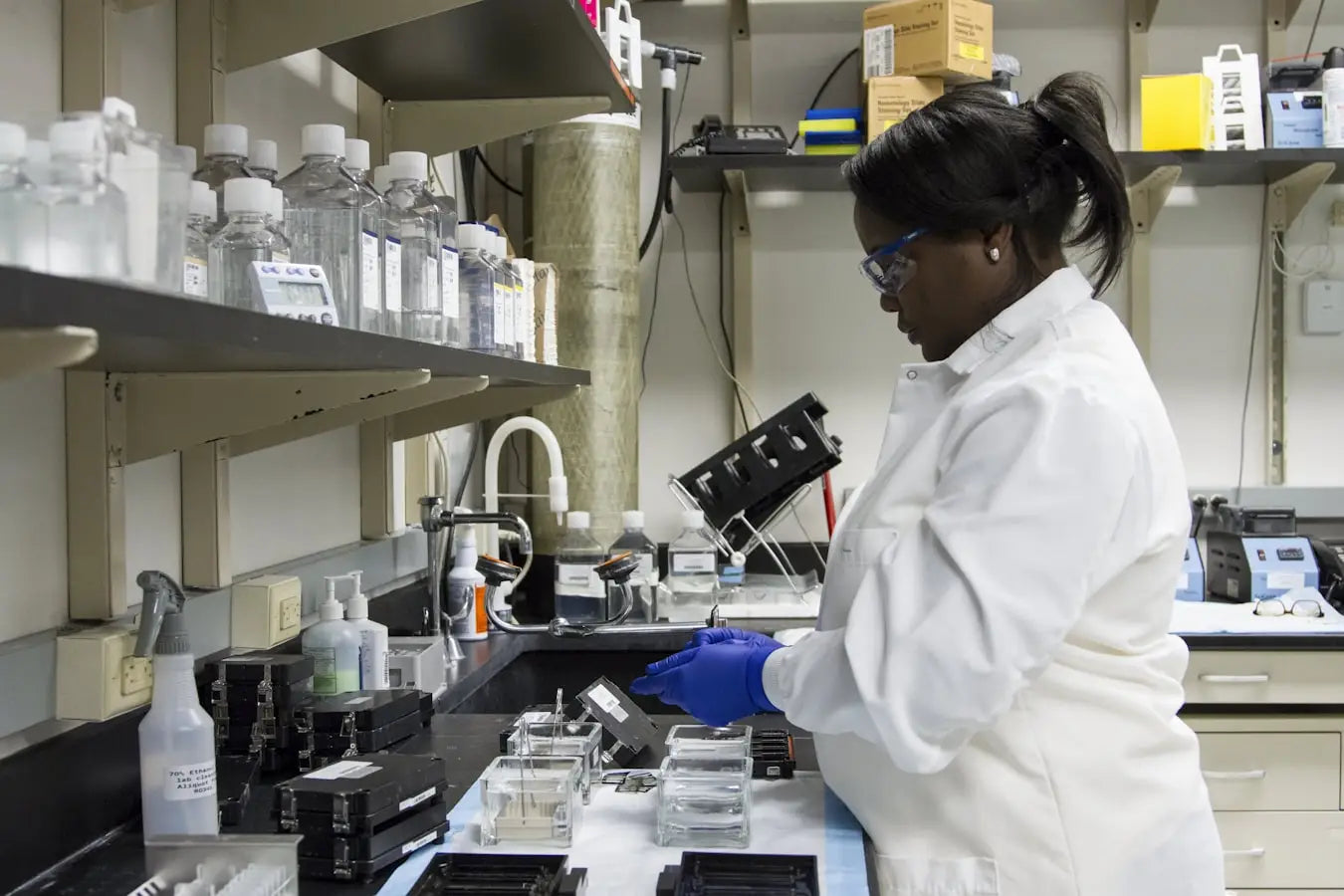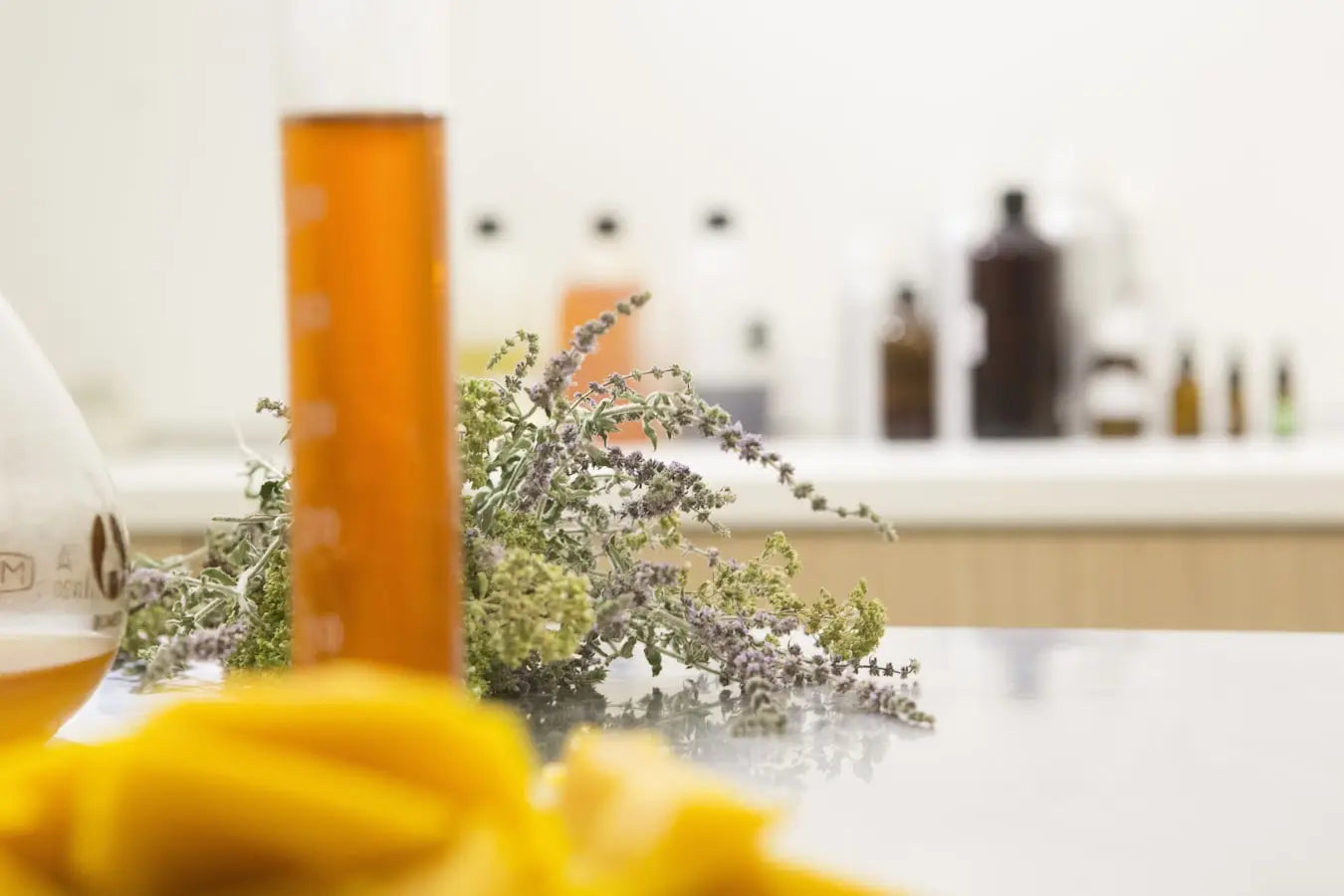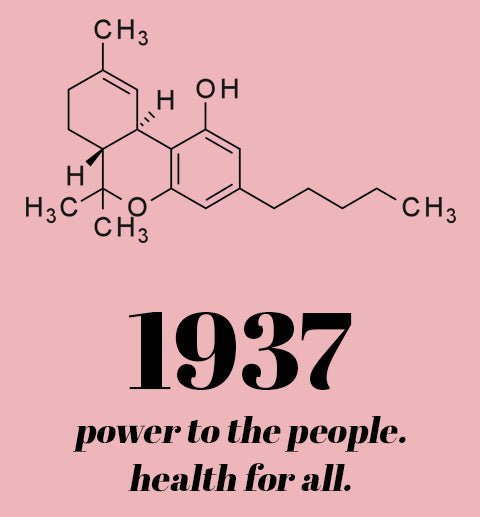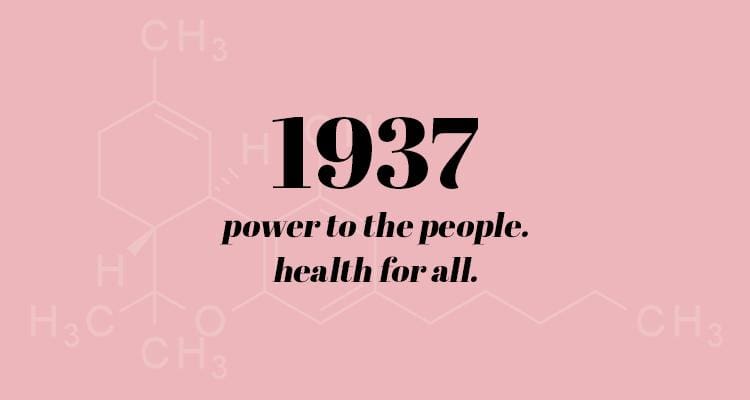How to Read a COA

In the most basic sense, this document tells you what’s in a CBD product. But, if you’re not familiar with it, it can seem pretty daunting. First, there’s the task of hunting it down. Then when you find it, you see it’s jam-packed full of data that you may or may not understand. It can definitely be overwhelming. So, we’re going to explain what this document is and give you some key pieces of info to be on the lookout for.

What Is a COA?
A COA (certificate of analysis) is a document verifying that a third-party lab has analyzed a product and the details of their analysis. These documents exist for all sorts of products, but it’s particularly important to look at this document for CBD products.
The reason YOU should look at a COA is to make sure the product contains what it advertises. There are so many CBD products on the market, and this is the easiest way to make sure you’re getting what you paid for.
Legally, CBD products must have less than 0.3 percent THC (tetrahydrocannabinol) by weight. So the easiest way to verify that is by checking the Cannabinoid Profile section of this document. But these documents are important for several other reasons...
Why Is a COA Important?
CBD has only been legal for so long, and it’s only just now entering mainstream wellness culture. Basically, there are lots of people hopping on the CBD trend train and they may or may not be making products of good quality.
Sometimes these products will even claim to have a specific amount of CBD when the actual amounts are VERY different.
One study determined that almost seventy percent of CBD sold online was mislabeled in some way. Sometimes the CBD levels were much higher than advertised, and sometimes they were much lower. Regardless, people didn’t end up buying what they thought they had.
For those who are avoiding specific compounds for any reason, this presents a problem. People who purchase CBD isolates are often avoiding THC. Whether it’s for health reasons, personal preference, or legal purposes, their products must contain precisely what they advertise.
We’d like to imagine that in 2020, with more states creating stricter regulations, companies would adhere to stricter manufacturing policies. But even in the most veteran of industries, there’s room for error. Labels don’t always tell the whole story, so it’s necessary to do a bit of detective work.
When a company makes their COA documents easy to access, that’s generally a good sign. It means they don’t have anything to hide and they want you to have access to that information if you need it.
How to Find a COA
The more reliable a company is, the easier it is to find the COA for their products. Easy as that. When a manufacturer knows they’ve created a good product, they’re proud of the lab results. We definitely are!
Check out our product pages and look for a link that says, “View Lab Results.” Can’t find it? Contact us and we’ll help you find the information you’re looking for.
The majority of CBD sold online will display a link to the COA somewhere near the product description. However, more and more states are requiring that a QR code be placed on the packaging that directly links to this information. This means you just scan the code with your phone for immediate access.
If you can’t easily find the information you can always contact the company, but that’s honestly a bit of a red flag. Like we said, if they didn’t have anything to hide they would make the document easier to access.
As a general rule of thumb though, don’t use a CBD product until after you’ve seen the COA.
How to Read a COA
Once you find the document, do your best to keep your eyes from glazing over. There’s a LOT of information on there and it tends to be in tiny fon. But here are the key items you should be on the lookout for.
Who Performed the Analysis?
Cannabinoid Profile
This section is one of the most important parts of this document because it’s where you verify how much CBD and how much THC is in the product.
Heavy Metal Analysis
Pesticide Analysis

Using a COA for Allergens
If you have allergies or are sensitive to particular compounds, then checking this document is even more important.
Some people are sensitive to certain terpenes (aromatic compounds), but not every COA will list the terpene profile of their products. If you can’t find the information you’re looking for, always contact the company to verify. Safety first.
Conclusion
You may not be ready to don your white lab coat and microscope, but we hope this gives you a little more confidence when it comes to reading a COA. That’s kind of the point of this document. Companies that feel confident about this report want you to see it. That way you’re confident that the products you’re using only contain what's advertised.
While we’re becoming more and more comfortable with CBD in mainstream culture, we need to support brands that create high-quality products. There are so many products available, and when we buy from companies that are transparent with their lab analyses, it makes it more likely that clean products will become the norm.
If you ever have a question or concern about one of our products, then please contact us as soon as possible. Also, don’t forget to tag us the next time you post a pic of your 1937Hemp Store purchases for a chance to be featured on our stories!

Hannah Walker is a mostly-retired University English instructor who spends her time freelance copywriting. When not doing that, she’s writing articles related to CBD, skincare, and/or media. With an MA in English-Creative Writing she’s probably working on a creative piece at this very moment. See more about Hannah’s work on her website or on Instagram.


